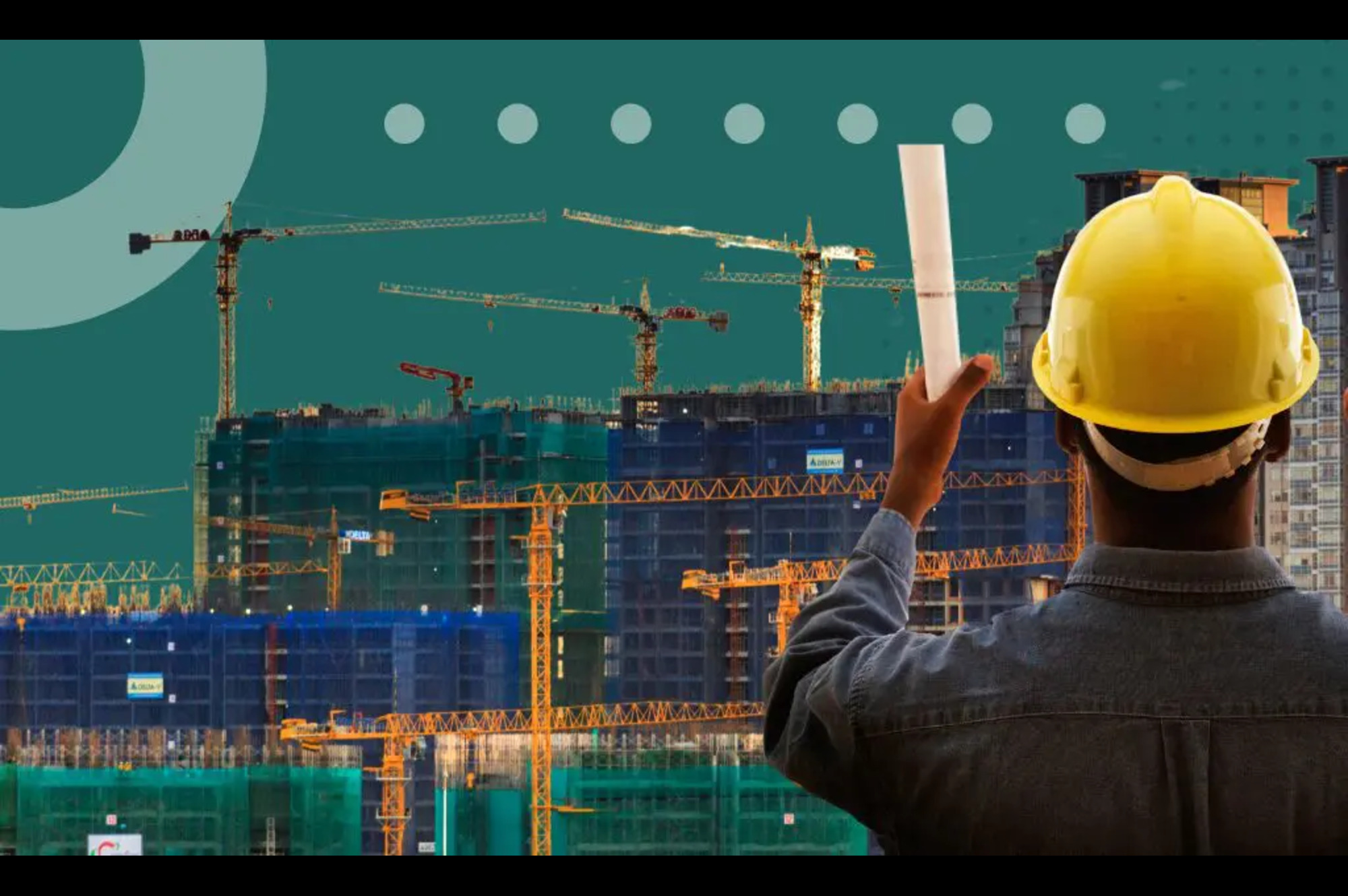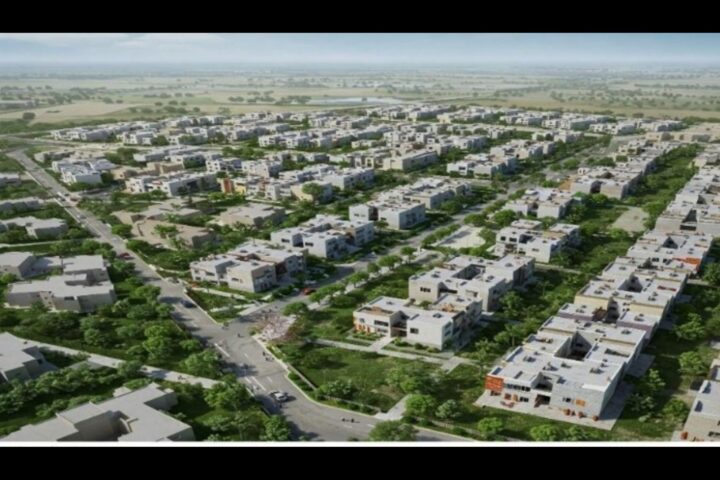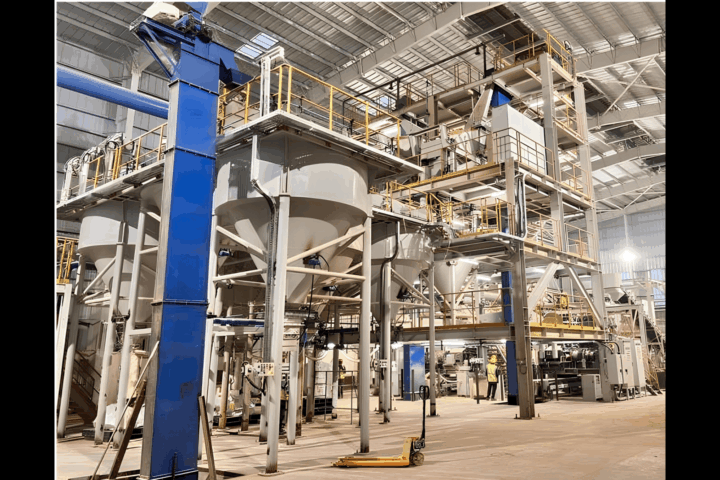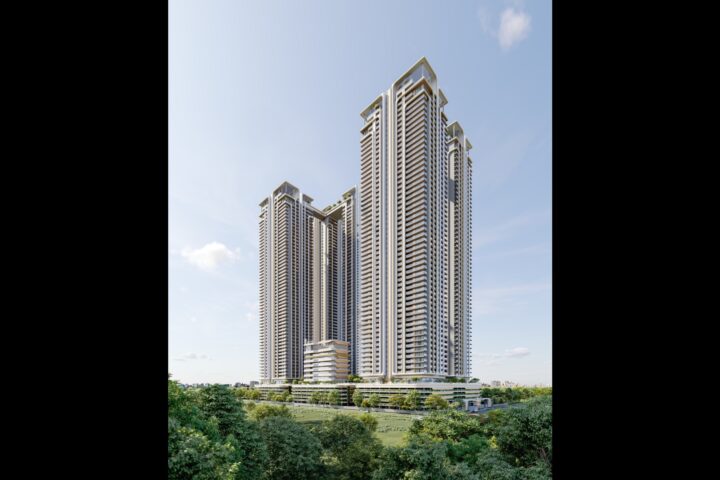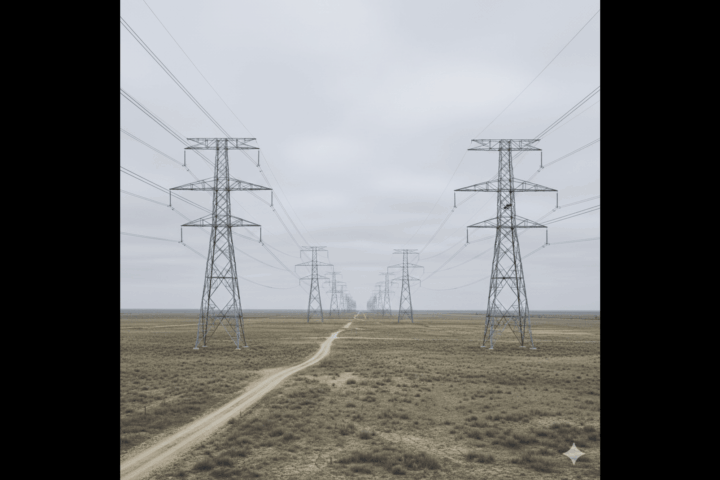by Abhijeet Gawde, Head of Marketing & Business Development, Construction business of Godrej Enterprises Group
As urbanization continues to accelerate globally, the need for sustainable cities has become more pressing than ever. Today, 55% of the world’s population lives in urban areas, a proportion expected to increase to 68% by 2050. Projections show that urbanization, combined with overall population growth, could add another 2.5 billion people to urban areas by 2050, with close to 90% of this increase taking place in Asia and Africa, according to United Nations data. As cities expand at this unprecedented rate, they face extraordinary challenges in sustainability, livability, and resilience. Green construction plays a pivotal role in shaping these cities, ensuring they are resilient, efficient, and environmentally friendly. Green construction refers to building practices that reduce environmental impact and enhance the sustainability of urban areas. The goal is to create buildings that not only meet the needs of the present but also preserve resources for future generations. This includes using eco-friendly materials, energy-efficient designs, and technologies that minimize waste and pollution.
Globally, buildings account for approximately 40% of energy consumption and 30% of greenhouse gas emissions. The adoption of green building practices can significantly reduce these figures. According to the World Green Building Council, green buildings can reduce energy use by up to 50%, water use by 40%, and carbon emissions by 33%.
For sustainable urban development
Green construction refers to building practices that reduce environmental impact and enhance the sustainability of urban areas. The goal is to create buildings that not only meet the needs of the present but also preserve resources for future generations.
Core principles of green construction
Green construction goes beyond energy-efficient buildings to encompass a holistic approach to urban development. Resource efficiency stands as a foundational principle, focusing on minimizing waste while maximizing the use of renewable, recycled, and locally sourced materials. Our projects Godrej Platinum situated in Vikhroli IGBC Platinum Certified & Godrej Vista Platinum Certified project, these residential complexes are designed with energy- efficient systems, water conservation techniques, and green landscaping.
Energy optimization represents another crucial dimension of green construction, incorporating both passive design strategies and active renewable energy systems. Buildings designed with proper orientation, insulation, and natural ventilation can significantly reduce energy demands, while technologies such as solar panels, geothermal systems, and smart energy management further enhance efficiency.
Major cities like Delhi, Bengaluru, and Chennai are experiencing severe water shortages, and the situation is expected to worsen with time. Water conservation has become increasingly vital as urbanization places greater pressure on limited freshwater resources. Green buildings implement comprehensive water management strategies including rainwater harvesting, greywater recycling, and water-efficient fixtures and landscaping.
Biodiversity integration represents perhaps the most visionary aspect of green construction, recognizing that urban environments must support rather than displace natural systems. By incorporating living walls, green roofs, urban forests, and wildlife corridors, buildings become active participants in local ecosystems. These natural elements provide multiple benefits including natural cooling, air purification, carbon sequestration, stormwater management, and enhanced psychological wellbeing for residents, creating a symbiotic relationship between the built and natural environments. Godrej Enterprises Group has conserved a large mangrove forest in Vikhroli, Mumbai. They act as a natural buffer against storms, floods, and erosion, and help regulate the local climate. The mangroves support a wide variety of species, including 16 mangrove and mangrove associate species, 208 bird species, and many other aquatic and terrestrial animals. The mangroves are a significant blue carbon ecosystem, storing large amounts of carbon dioxide. We engage with citizens, researchers, NGOs, and others to collaborate on mangrove conservation efforts.
Recycled concrete materials
Construction and demolition waste accounts for approximately 35% of all waste entering landfills globally, with concrete representing the largest component. At Godrej Enterprises Group, we are pioneering Circular Economy principles through our automated Recycled Concrete Materials (RCM) manufacturing plant in Vikhroli, Mumbai. This facility transforms concrete debris from demolished structures into prefabricated products like box culverts, ducts, U drains, and drain covers – used in major infrastructure projects across Mumbai.
To date, we’ve recycled over 30,000 metric tonnes of concrete debris. Our RCM plant operates on 100% green power and has earned the IGBC ‘Green Co’ Gold Certification. Notably, we supplied 440 large precast concrete box culverts—each weighing 30 to 35 metric tonnes—for the prestigious Mumbai Coastal Road project. These culverts, designed to endure coastal conditions and heavy traffic, incorporate up to 10% recycled concrete mix, underscoring our commitment to sustainable development.
Conclusion
Green construction represents more than a trend—it’s a fundamental reimagining of urban development that places sustainability at its core. By adopting eco-friendly practices and technologies, cities can reduce their environmental impact, improve the quality of life for residents, and ensure a sustainable future.


